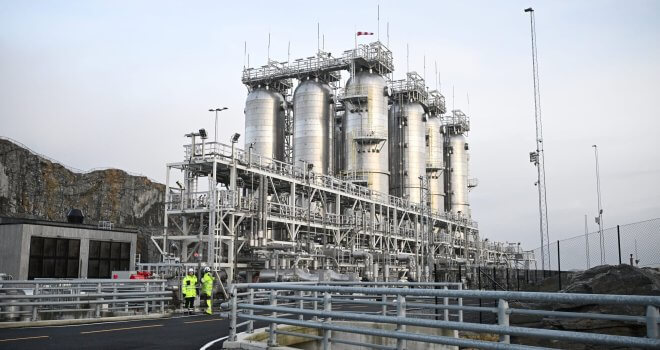This Is How Digital Transformation Trends Are Impacting The Future Of Architecture And Engineering

In this age of tech innovation, architecture and engineering (A&E) firms are embracing technology more than ever. In fact, worldwide spending on digital transformation reached $1.59 trillion in 2021, up 20% from the previous year.
Firms are looking for ways to not only improve their efficiency and productivity but to differentiate themselves from the competition and stay ahead. From automation and collaboration to data analysis and insight-led decision-making, firms are recognising the value of digital transformation.
Cloud has been one of the most important technologies to emerge over the past twenty years. Adoption continues to increase as organisations understand the business value. Could Artificial Intelligence have the same significant impact on the Architecture and Engineering industry? And what kind of transformation does that bring over the next year, five years, and ten years?
To further understand these trends and help A&E firms to further embrace digital transformation, Deltek conducted a study into the challenges and opportunities being faced: 4th Annual EMEA and APAC Clarity Industry Study: Trends and insights for Architecture, Engineering and Consulting Firms. And while a number of trends were highlighted in the research, for A&E firms, three key themes emerged.
AI adoption – and understanding why you need it
With the potential to revolutionise how we work, and a hot topic amongst A&E businesses, it’s no surprise that companies have their eyes on Artificial Intelligence (AI) adoption. Two in five (40%) firms rated the value of AI as ‘very important’ to their business’s overall success in the survey.
The key to adoption here is looking at the many use cases AI has to offer and adopting the AI solutions that add the most value to the business. AI is constantly evolving, so A&E businesses need to be prepared to not get lost in the hype. Instead, they should focus on the traditional benefits – while monitoring AI’s latest developments – recognising the biggest value for the business.
There are many benefits of using AI-based tools which initiate more informed decision making through predictive analytics and generative intelligence.
Predictive analytics enables project leaders to look at a project or opportunity to pursue. It also allows leaders to look at the attributes of those pursuits they’ve previously won based on these attributes, AI-based tools can provide a probability score indicating how likely the firm is to win the project – handing leaders the chance to make better-informed decisions and where best to focus their pursuit investments.
Being more transparent through improved visibility
Clients are always demanding transparency and accountability from their partners in the A&E space. As a result, firms need to ensure they have hyper-visibility, through a unified perspective, into all of the key metrics around project performance and client satisfaction. To meet this need, an end-to-end, real-time view of business operations is essential.
By stepping up integration, firms are able to provide connected data that can be viewed by all stakeholders in real-time. This integration connects all those tools companies use when operating their business to eliminate redundancy. This interconnected data flow breaks down silos between different tools and systems, transforming reporting and strategic decisions into a unified business overview.
Keeping one step ahead in cybersecurity by moving to the cloud
Over the past five to ten years, we’ve seen many firms in the industry move to cloud-based solutions. Deltek’s Clarity research credits, in part, the rise of concerns around cybersecurity. The report found that three in five (61%) of A&E organisations are actively concerned about cybersecurity risks.
With the UK Cyber Security Breaches Survey reporting, across all industries, one in three UK businesses experienced a cyber-attack in 2023, identifying the right cloud provider – one that offers a sophisticated enterprise level infrastructure– has never been more important.
Firms using a robust cloud provider can be confident that their data is protected by industry-standard physical, technical, and operational measures, with an expert team continuously monitoring for threats. This 24/7 monitoring means the provider can detect and respond to potentially malicious activity. In addition to bolstering a firm’s security posture, moving your systems to the cloud comes with a host of other benefits.
This includes fast and easy product upgrades to tackle vulnerabilities, with patches rolled out quickly and efficiently. Additional benefits to businesses using the cloud are efficient upgrades, data replication, and optimised resource allocation. It also allows for collecting data in real-time to gain up-to-date business insights and improved employee productivity. By carefully investing resources in line with the main business goals, firms can boost efficiency, control spending, and increase employee satisfaction.
As businesses continue this journey of tech innovation, prepare to see A&E firms embrace technology’s emerging transformative power to streamline operations, enhance client collaboration, and unlock unprecedented insights.
Bret Tushaus is VP of Product Management, Deltek.




